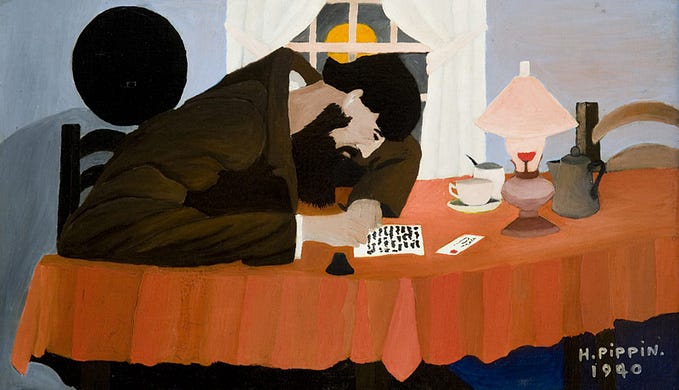How to run a Design Thinking workshop : Design A Wallet Challenge

I facilitated a design thinking workshop over the weekend with Academy Xi for the CanTeen Youth Leadership Festival. CanTeen is a non for profit in Australia founded by a group of young cancer patients in 1985 to help other young people cope with cancer in their family.
It was a fun experience to observe and learn from the participants as well as able to share my understanding about design thinking process. As I learn to adopt practicing design thinking as a strategy for work and personally, I am more able to recognise the common traps that we make when tasked to come up with solutions. We can’t deny that we are all problem solvers!
What is Design Thinking and Why is it so popular?
“Design thinking is a human-centered approach to innovation that draws from the designer’s toolkit to integrate the needs of people, the possibilities of technology, and the requirements for business success.” — TIM BROWN, CEO OF IDEO
To break it down, Design Thinking is an iterative process in which we seek to understand the user (person), challenge assumptions, and redefine problems to identify solutions that might not be instantly apparent with our initial level of understanding.
It revolves around a deep interest and actual curiosity in trying to understand the people for whom we’re designing the products or services. It helps us observe and develop empathy with our user. Design Thinking helps us in the process of questioning: questioning the problem, questioning the assumptions, and questioning the solutions.
Design Thinking Phases
There are many variants of the Design Thinking process in use today, and they have from three to seven phases, stages, or modes. However, all variants of Design Thinking are very similar.
- Empathize — with your users
- Define — your users’ needs, their problem, and your learnings
- Ideate — by challenging assumptions, go crazy on innovating solutions
- Prototype — to start creating solutions (you could use pen and paper, or any software that could help showcase your idea)
- Test — test your solutions, gather more feedback, reiterate!

Design A Wallet Challenge
The Wallet Project is a famous, fast paced exercise from Stanford University d.School that takes the participant through the entire design process in one hour. The project encourages the participants to practice empathy through learning about each other’s wallets, brainstorm and prototype an ideal wallet for their partner.

Step 1: Interview
We have all participants paired up, and asked them to design a wallet for their partner. Participants interviewed each other on their wallets and start to gather insights on their motivations and needs. We encouraged participants to keep asking “Why?” and “How”. This is often a great way to elicit stories and dig for feelings and emotions. At this stage, we want to be curious and avoid making assumptions or even jumping to solutions.
Step 2: Digging deeper, reframing the problem
After listening and jotting down notes from their partners, participants are given some time to gather their thoughts and synthesise their leanings into goals and wishes. Goals represent participants’ needs. Any new learnings about their partner’s feelings and motivations related to their needs are captured at this stage too.
Step 3 : Ideation! ( Sketch at least 5 desirable wallets to meet your user’s needs )
Once the participants have formulated their problem statement, the next step was to get them to generate those ideas. At this stage, we encouraged any moonshot ideas, regardless of cost or any tech feasibility. For now, the best way to get great ideas is to get a lot of ideas going : going for quantity and no judging of ideas.
Step 4 : Share solutions and gather feedback
Capturing feedback is a critical part of the design thinking process. It’s very natural for us to be defensive when explaining our concepts to someone new to the idea. Being open to feedback generates opportunities (new insights) to learn more about the users and their problems. In this step, participants generated a single idea which can be based on their previous ideas or be something completely new to proceed.

Step 5 : Prototype!
Using a pen and paper, participants had to create/draw their ideal wallet for their partner. Once done, they have to share with their partners to gather more feedback and always keeping an open mind for new ideas ( what could be improved, any new features could be added).
Conclusion and Takeaways
I loved the fast nature of the exercise, because it encouraged a participant to focus their design on the needs of this one, specific user. Due to time and information constraints, a participant had to pay close attention to every detail they managed to gather from their partner.
I’m looking forward to my next design thinking workshop, if you have any feedback or comments, drop me a line below!
“Design is not just what it looks like and feels like. Design is how it works.”
— Steve Jobs









